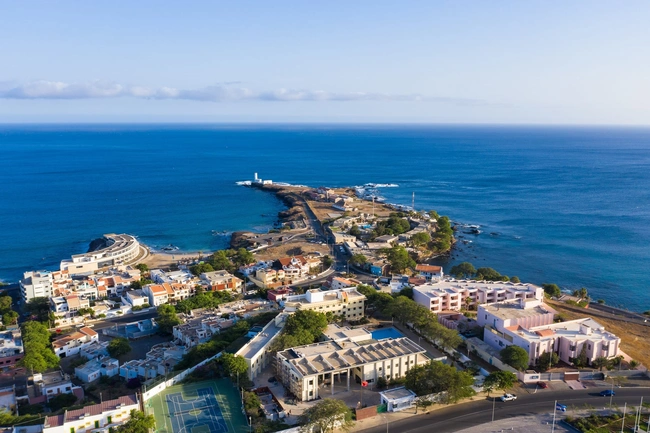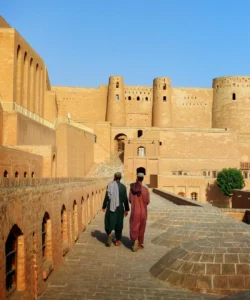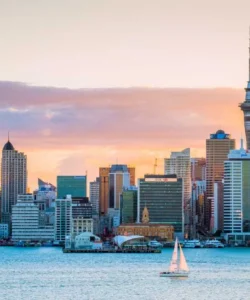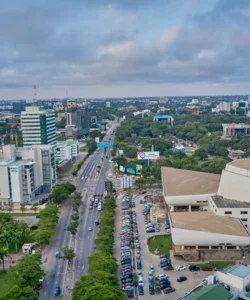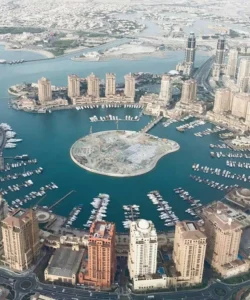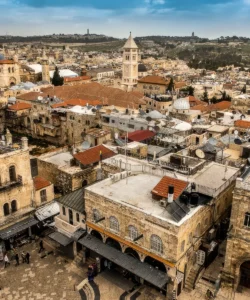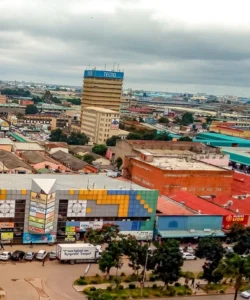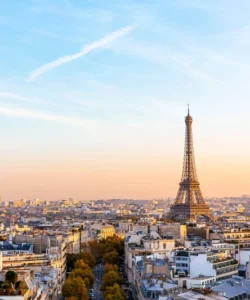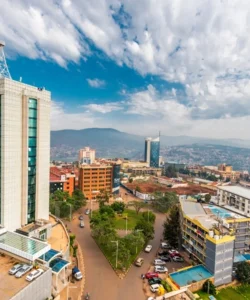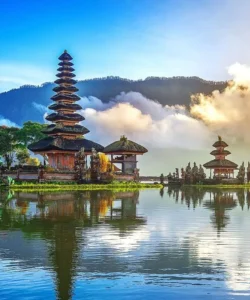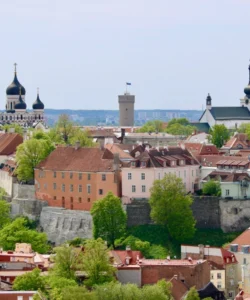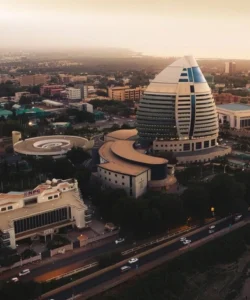Cabo Verde (formerly known as Cape Verde) is an archipelago nation located off the west coast of Africa. It is known for its diverse landscapes, vibrant culture, and relaxing atmosphere.
Listen to an introduction about Cabo Verde
![]()
Area: Approximately 4,033 sq km (1,557 sq miles).
Population: Around 611,014 (2024 estimate).
Language: The official language is Portuguese. However, the national language, and most commonly spoken, is Cape Verdean Creole (Kriolu Kabuverdianu). English and French are also spoken in tourist areas.
Currency: Cape Verdean Escudo (CVE).
Religion: The majority of the population is Christian, with Roman Catholicism being the largest denomination (around 84.5%). There are also smaller communities of Protestants, Muslims, and other faiths.
Capital: Praia, located on Santiago island, is the largest city and the political, economic, and cultural center of Cabo Verde.
Major Cities: Besides Praia, other significant cities include Mindelo (on São Vicente island), Assomada, Espargos, and Santa Maria.
Attractions & Wonders: Cabo Verde offers a wide range of attractions, blending natural beauty with cultural experiences:
- Fogo Volcano (Fogo Island): An active volcano offering impressive landscapes and hiking opportunities.
- Pedra de Lume Salt Pans (Sal Island): Natural salt pans within an inactive volcano crater, allowing visitors to float in the highly saline water.
- Santa Maria Beach (Sal Island): A long, white sandy beach famous for its beauty and water activities.
- Cidade Velha (Santiago Island): A UNESCO World Heritage site, the first European colonial outpost in the tropics, with historical fortifications and architecture.
- Viana Desert (Boa Vista Island): A unique desert landscape shaped by sand carried from the Sahara.
- Monte Gordo National Park (São Nicolau Island): A rich ecosystem with endemic plant species, ideal for nature walks.
- Ribeira do Paul Valley (Santo Antão Island): A lush green valley with scenic zig-zag roads, mango, banana, and coconut trees, and sugar cane plantations.
- Buracona Lagoon (Sal Island): A stunning sea cave known for its “Blue Eye” phenomenon when sunlight hits the water at a specific angle.
- Monte Cara (São Vicente Island): A mountain resembling a human face, offering great views, especially at sunset from Mindelo.
Architecture: Cabo Verdean architecture is a blend of traditional, colonial, modern, and contemporary elements. You’ll see influences from Portuguese colonial styles, neoclassical designs, and vernacular architecture specific to the islands.
Roads: Cabo Verde has a relatively dense road network, with much of the national network being paved, though often with cobblestones (calçada de paralelos and calçada Portuguesa) rather than conventional asphalt. While significant progress has been made, some roads, particularly in rural areas, can still be in poor condition.
Hotels: Cabo Verde has a growing tourism industry with various accommodation options. You’ll find international hotel chains like Hilton, Iberostar, and Meliá, particularly on islands popular with tourists like Sal and Boa Vista. There are also numerous local hotels, guesthouses, and resorts catering to different budgets and preferences.
Restaurants & Cuisine: Cabo Verdean cuisine is a delicious fusion of African and Portuguese influences, with corn and beans being staples. Seafood features prominently, given its island location.
Popular dishes include:
- Catchupa: The national dish, a hearty stew made with corn, beans, vegetables, and often meat or fish.
- Fresh seafood: Tuna, sawfish, and lobster are commonly grilled or prepared in various ways.
- Bacalhau: Dried and salted cod, a Portuguese influence.
- Guisados: Stews with various meats or vegetables.
- Caldo de Peixe: Fish soup.
- Pastel com Diabo Dentro: A savory pastry often filled with tuna and onions.
- Local fruits: Mangoes, bananas, and coconuts are abundant.
You’ll find a variety of restaurants, from local eateries serving traditional dishes to more upscale establishments offering international cuisine, especially in major cities and tourist areas.
